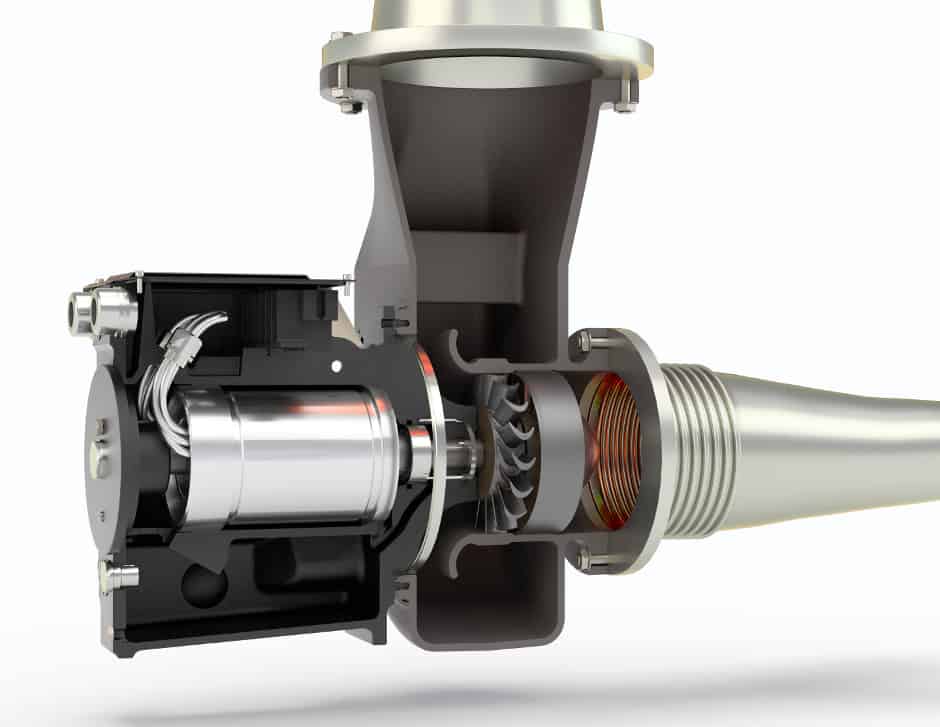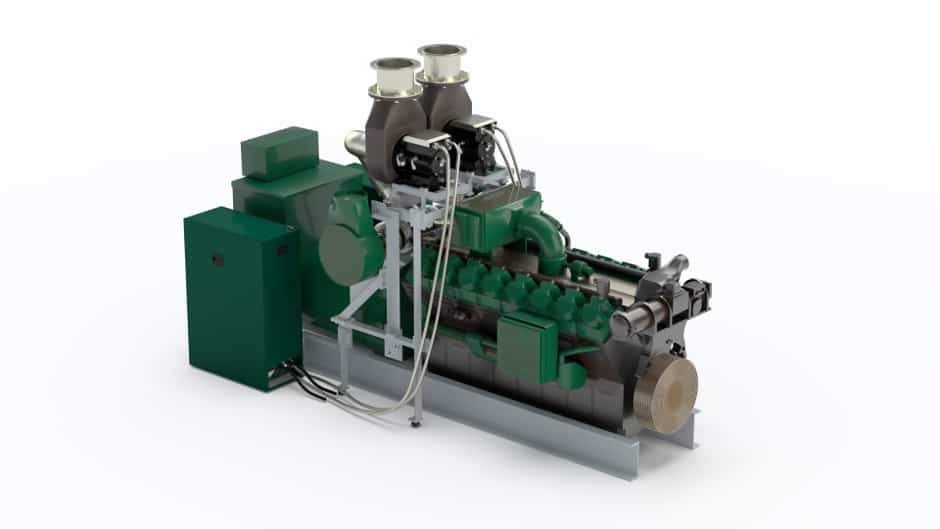
If the shipping industry were a country, it would rank as the sixth largest carbon dioxide emitter in the world, placing it roughly level with Germany.
The shipping industry already accounts for around two per cent of the world’s carbon dioxide emissions, but it is feared that this figure could rise by 2050.
To prevent this, earlier this year the International Maritime Organisation reached an agreement to cut emissions from the sector by at least half by 2050.
Now a UK consortium, led by Southampton-based Bowman Power Group, has developed a system that could help the industry to move a step closer to meeting this target, by improving the energy efficiency of a range of marine vessel types by up to 7.8 per cent per year.
The £1.5m project, which was partly funded by Innovate UK, also included Rolls-Royce Power Systems, Lloyds Register and University College London (UCL).
The system is based on Bowman’s electric turbo compounding (ETC) technology, a type of turbo generator, according to Shinri Szymko, head of engineering at the company.
“There is a turbine at one end [of the system], which sits in the exhaust of the engine, and effectively spins around absorbing energy from the exhaust flow, and turning it into electricity,” said Szymko.

The device’s power electronics system then converts the output from the generator into grid-quality electricity, he said.
“With diesel or gas engines, around 30-40 per cent of the energy simply goes out of the exhaust pipe and isn’t used,” said Szymko. “The turbine is there to capture some of that wasted energy before it is lost.”
Rolls-Royce Power Systems provided the project team with key information and simulation results for its MTU Series 4000 M93 engine, which is commonly used in the marine industry.
Meanwhile researchers at UCL investigated the feasibility of applying ETC technology to a range of marine fleet sectors.
The researchers have developed software that enables them to model complete ship systems, said Szymko.
“The software allows them to understand how efficient a ship is during the different manoeuvres, and in the duty cycle of sitting in port, and then going out to sea,” he said.
In this way the team were able to investigate the benefits, performance, limits, secondary impacts and expected results of the technology.

The researchers added the ETC technology to the model, and then examined the resulting efficiency of a range of different vessels, including passenger ships, tankers and cargo vessels. They found that for all the different ship types, the system would save up to 7.8 per cent of fuel per year, based on the realistic operating conditions of those vessels.
The model also predicted that the technology would pay for itself in just 2.3 years.
Once the modelling work was complete, Bowman began developing prototypes and testing the system. They built seven different turbo generator and power electronics prototypes and tested them in different applications, including in a specialist test facility, and within a number of land-based applications. This allowed them to simulate real operating conditions.
To ensure the system complied with marine regulations and standards, the company also worked with Lloyds Register to develop mechanical and electrical marine compliance response documentation.
As a result, Bowman was able to produce a road map, validated with testing, to produce a marine-capable ETC system.
The company has since held discussions with two large marine engine OEMs, and a major ferry operator, about commercialising the technology.




Glasgow trial explores AR cues for autonomous road safety
They've ploughed into a few vulnerable road users in the past. Making that less likely will make it spectacularly easy to stop the traffic for...